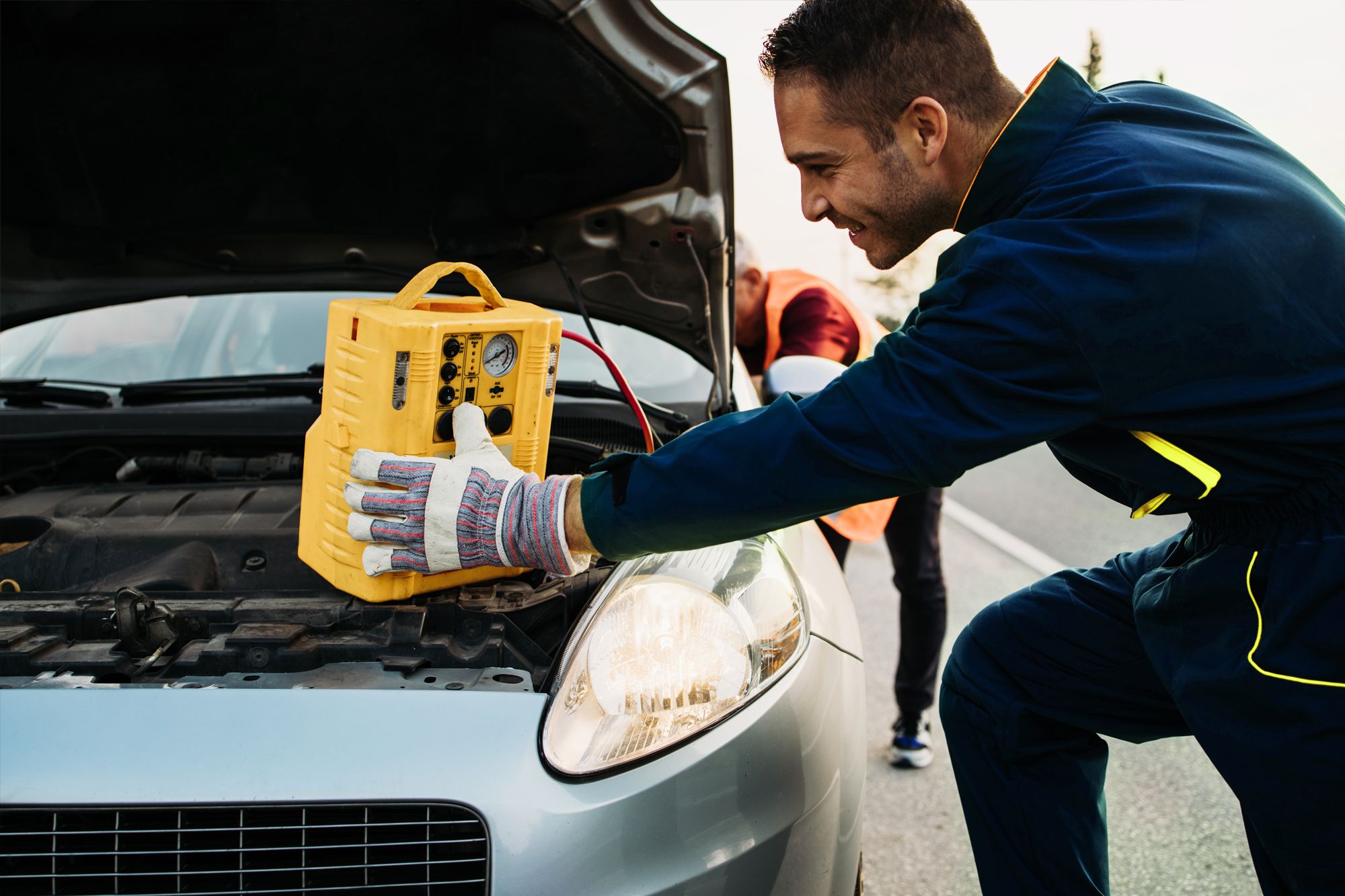Featured
Your car's suspension system is a crucial element that boosts your driving experience by offering comfort, security, and control. Right here's a step-by-step guide to maintaining your suspension system in excellent shape.
![]()
Dripping Liquid: Oil around the shocks or struts indicates they might require substitute. Damaged Springs: Splits or breaks in the springs can trigger unequal car height. Rust or Deterioration: Steel parts like control arms and bushings are vulnerable to rust in time. If you observe any type of irregularities, have your suspension system checked by a professional auto mechanic.
Maintain tires blown up to the recommended pressure. Rotate tires every 5,000 to 7,500 miles. Equilibrium and align wheels every year or after hitting pits or aesthetics. Unequal tire wear is a common sign of suspension misalignment or used parts.
![]()
Conclusion. Appropriate maintenance of your shock absorber is vital for making sure a comfy and secure driving experience. By conducting regular inspections, replacing used parts, maintaining tire care, and driving responsibly, you can maintain your suspension in peak condition. Proactive care not just avoids costly repair services but also guarantees your car's longevity and safety and security for every trip.
- Recognize the Value of the Shock Absorber. The suspension system absorbs shocks from uneven roads, sustains the cars and truck's weight, and maintains the tires securely in call with the roadway. It consists of shocks, shows off, springs, control arms, and bushings, all of which work with each other to ensure a steady and smooth ride. Recognizing its significance is the primary step towards appropriate treatment.
- Conduct Normal Aesthetic Evaluations. Frequent visual checks can aid identify potential concerns early. Look for:

Dripping Liquid: Oil around the shocks or struts indicates they might require substitute. Damaged Springs: Splits or breaks in the springs can trigger unequal car height. Rust or Deterioration: Steel parts like control arms and bushings are vulnerable to rust in time. If you observe any type of irregularities, have your suspension system checked by a professional auto mechanic.
- Address Uncommon Sounds and Symptoms. Uncommon sounds, such as creaking, squeaking, or clunking, often signal suspension issues. Similarly, a bouncy adventure, problem steering, or the lorry pulling away suggests that a suspension component may require interest. Do not neglect these signs; early detection can prevent more damage.
- Preserve Proper Tire Treatment. Tires and suspension collaborate to provide a smooth trip. To minimize stress on your suspension system:
Maintain tires blown up to the recommended pressure. Rotate tires every 5,000 to 7,500 miles. Equilibrium and align wheels every year or after hitting pits or aesthetics. Unequal tire wear is a common sign of suspension misalignment or used parts.
- Change Worn-Out Components on schedule. Suspension parts like shocks, shows off, and bushings put on out over time. Makers usually recommend replacing shocks and shows off every 50,000 to 100,000 miles, depending on driving problems. Postponing substitute can endanger handling, safety, and total car performance.

- Prevent Overloading Your Vehicle. Surpassing your vehicle's weight capability puts excessive stress on the shock absorber. This can result in much faster tear and use on components like springs and shocks. Always examine your owner's manual for weight limitations and avoid overloading.
- Drive Sensibly. Hostile driving habits, such as speeding over fractures, taking corners too fast, or frequently driving on rough roadways, can harm your suspension. Practice mindful driving to decrease wear and prolong the life expectancy of your suspension system.
- Set Up Expert Inspections. Regular expert inspections are essential for identifying hidden issues and making sure optimal performance. Technicians can find troubles that aren't visible during a DIY check, such as worn ball joints or control arm damages.
Conclusion. Appropriate maintenance of your shock absorber is vital for making sure a comfy and secure driving experience. By conducting regular inspections, replacing used parts, maintaining tire care, and driving responsibly, you can maintain your suspension in peak condition. Proactive care not just avoids costly repair services but also guarantees your car's longevity and safety and security for every trip.
Latest Posts
Discover Amazing Events at Our Premier Event Center
Published Jan 07, 25
1 min read
Which Furniture Products Are Best for Toughness and Style?
Published Jan 07, 25
0 min read
Flat Roofs for Your Business: Benefits, Challenges, and Installation Advice
Published Jan 07, 25
1 min read
More
Latest Posts
Discover Amazing Events at Our Premier Event Center
Published Jan 07, 25
1 min read
Which Furniture Products Are Best for Toughness and Style?
Published Jan 07, 25
0 min read
Flat Roofs for Your Business: Benefits, Challenges, and Installation Advice
Published Jan 07, 25
1 min read